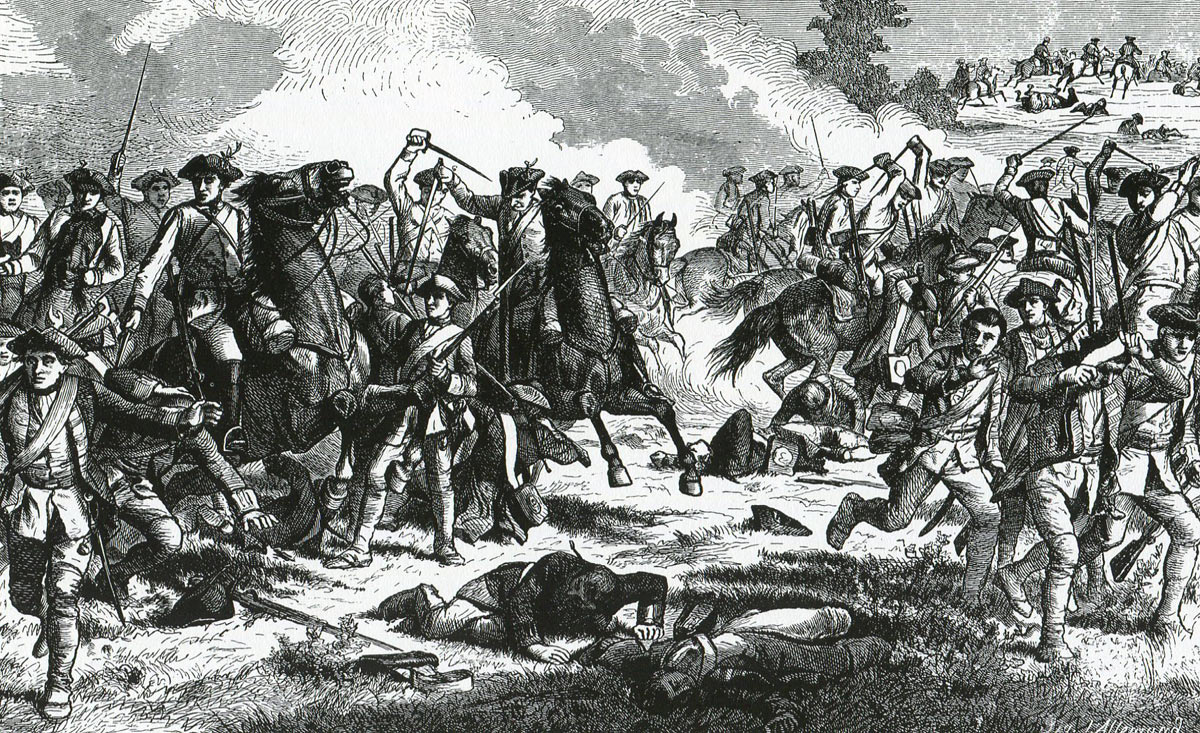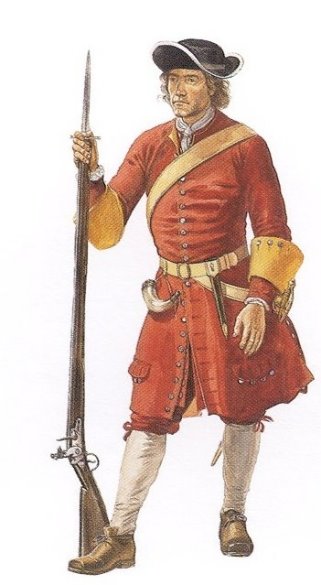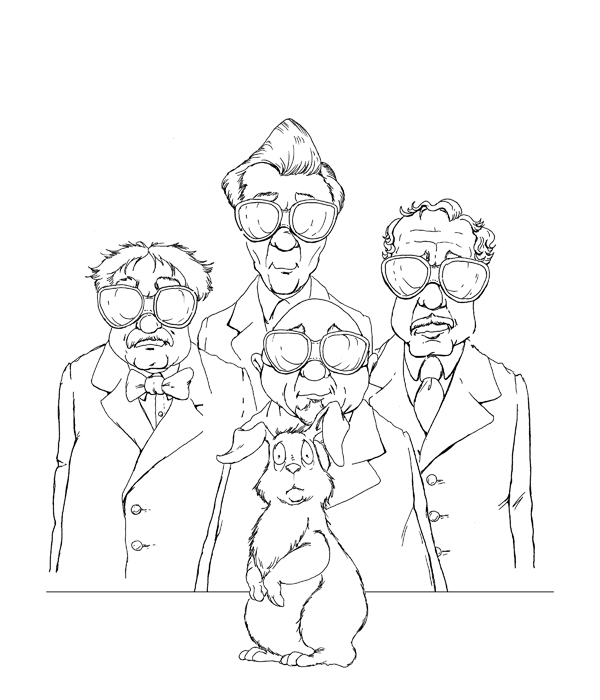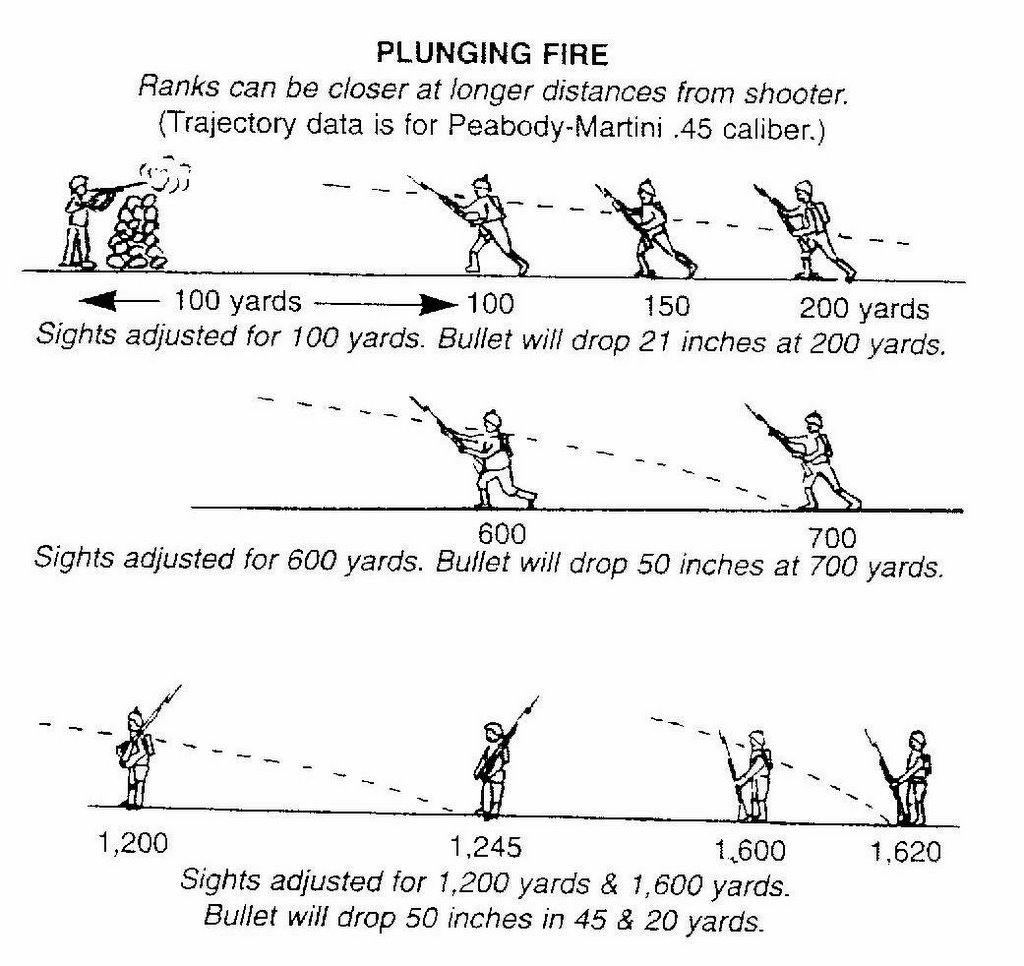Recruit. “EXCUSE ME, SIR, BUT HAVE THE GERMANS THE SAME METHODS IN BAYONET-FIGHTING AS WE HAVE?” Instructor. “LET’S HOPE SO. IT’S YOUR ONLY CHANCE.”
Yeah, you know! Those sharp things that you stick on a fighting man’s rifle. Which is mostly used today to open your rations like the MRE in the field.

That thing, right? Okay lets us get serious now folks.
The Bayonet has been basically around for a little under 400 years. Legend say that it was invented in Bayonne France, Hence the name bayonet.
Back in those bad old days. After you got conned into enlisting for LIFE for the local tyrant! You were issued a muzzle loading musket. Which if you were any good at reloading it. You might get 3 round a minute off.
But the muskets were generally very inaccurate and prone to misfire if the loading drill was done wrong. Or if your powder got wet. Or if some blood thirsty idiot had snuck up on you. You then Troop had a problem! You get the picture.
Or if the other side was on the ball. They would launch a Cavalry attack. Which could wipe out your unit in sometimes minutes. Especially if your pikemen were asleep or had run off.
“Well this would not do!” as my Old Sgt. Major would say. So some bright soul came up with the idea of the plug bayonet.
What you would then do is stuff the dull end into your musket barrel . Then you would look like this then.
The only problem is pulling the damn thing out later on to start shooting again. “Well that needs a bit more thought & work!” You would think.
So the R&D boys went to work on it.
From whose labors came this bright idea. The Socket Bayonet or the Knife Bayonet.
Which was basically attached to the barrel of your musket. That all in all, worked out pretty good for about 200 years.
It was also found to be useful for Crowd or Riot Control. Since most Folks rightfully have a fear of cold steel. That and the pissed off trooper behind it for some reason. Plus the Army for some reason. Does not like shooting taxpayers.
But this all can to a slow stop with the American Civil War and the rise of the Rifle.
Since now a unit could start killing folks at a 800 yard distance with gun fire. That and keep repeating accurately firing a couple of times in a minute.
So it became mighty hard for the Snuffies to now close with cold steel only. Most of the time. The bayonet charge would usually just peter out into a firefight between groups of skirmishers.
(Nobody can run that fast enough!)
It then even got worse with the introduction of the Machine Gun and Barbed Wire.
As a matter of fact. The just about only Guy killed in WWI by a blade was in the First World War. Who was killed in the opening days of the War just before the Battle of Mons by a Sabre. At least that is from what I read so far about it.
Now a days, bayonets are basically just for show. That and they help justify doing rifle drills. Which is used in order to get a recruit into shape and instill a killer attitude. (Most troops hate doing it by the way.)
This guy if he did not make thru WWII. He probably died either from small arms fire. That or from Artillery fire, if not then from bad treatment as a Soviet POW. But not very likely in a knife fight.
Below is a couple of videos about the last real use of bayonets being used in WWI. It is about the Light Horse in the Holy Land. (It’s a great film by the way. Especially the final charge scene)
https://youtu.be/NgHC25ubiQU
https://youtu.be/6liLYcrlSBw
https://youtu.be/3C2elnoe3Sg
https://www.youtube.com/watch?v=Wk61KSiMQ0A
https://youtu.be/M9TLLLdAqns
https://youtu.be/w88GP7iKLZ4
Other information
Bayonet Fighting

it was during the 17th Century that musketeers turned pikemen. The style of warfare at that time had separate units of musketeers and pikemen. Someone had the idea to fit a knife to the front of a musket, turning it into a short pike. The original bayonet was a “plug” type whose handle went right into the muzzle of the musket. Later types would fit alongside the barrel by a variety of sockets, plugs and clips.
There is more to bayonets than picking up a bayonetted rifle and poking the enemy with it. There are actually techniques for its use. These vary by time and country. Perhaps the largest influence on bayonet technique was French. They developed a school of “bayonet fencing” which proved effective. It was exported around the world. French bayonet technique was adopted by both British and American armies. Though it was superseded in the 20th Century, vestiges of it remain in many of the current bayonet fighting systems.
The overwhelming majority of military miniatures in bayonetting poses do not reflect actual techniques of the time. Many sculptors have no personal military experience. Even if they did, the bayonet style of their age would not match the techniques of earlier eras. You might be surprised how many people would not know about the differences between modern and old fighting styles. Once again, sculptors take things for granted and would not even think that there might be a difference.
For your perusal, then, we illustrate a few series of bayonet fighting techniques. These depict the standard fighting methods of their time.
French Bayonet from 1837
Bayonet from Civil War to 1916, Part 1
Bayonet from Civil War to 1916, Part 2
Anglo-American Bayonet from 1917 to 1970
Soviet Bayonet Method 1942
Modern U.S. Bayonet

























